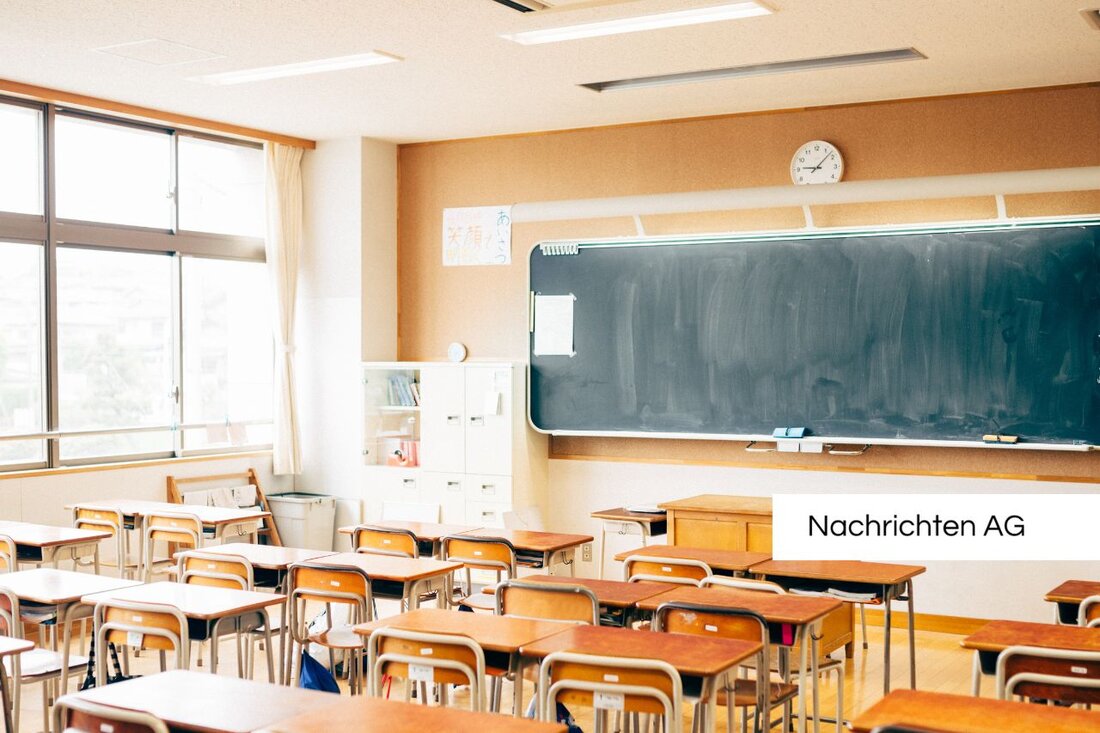Students want to have a say: Study reveals large participation defects in schools!

Students want to have a say: Study reveals large participation defects in schools!
The current study on the “participation of children and adolescents” impressively illuminates that young people in Germany long for more say and participation in their everyday school life. As Merkur , the analysis, which is based on data from 400 circles and circular cities, shows clear differences in the Perception of participation. Particularly striking: high school students feel far more involved than students of other school types such as secondary or secondary schools.
The promotion of engagement by teachers plays a crucial role. The President of the German Teachers' Association, Stefan Düll, sums it up when he emphasizes that overloaded teachers cannot contribute any additional offers in everyday school life. There is a lack of "flanking staff"- school psychologists, IT and administrative staff are in demand here to relieve the teachers. The student part of the student also varies greatly: While high schools often offer their students more co-determination opportunities, this is often not the case in other school forms.
active participation and suggestions for improvement
children and adolescents are not only passive, but also bring concrete suggestions for improvement. The Parthabeastlas emphasizes that many young people want to use empty buildings for leisure clubs or demand safe way to school. Unfortunately, they often don't feel taken seriously; In many cases, their ideas seem to remain unheard. However, positive examples show that participation, such as in youth councils, can promote self -efficacy and real participation - this is particularly important for personal development.
The participation of children and adolescents must be designed in a variety of ways so that less committed groups can be achieved. This is where an inclusive approach is necessary, because access to participation is often shaped by social inequalities. High schools tend to attract students from wealthier families, while participation in other school types often does not have the same importance.
educational inequality understand and combat
The problem of educational inequality is not new. As the Federal Center for Political Education explained, international comparisons show that countries such as Canada or Great Britain bring better results in connection with social origin. In order to promote equal opportunities in this country, political measures are required, but have often been controversial in the past.
Key approaches to reduce these inequalities are early support measures and the expansion of qualitative educational offers, especially in early childhood education. Binding educational plans in daycare centers and the promotion of individual learning requirements are necessary to accompany children from the start on their way and to strengthen them in their development.
There is also a clear connection between socialization and educational success. Hartmut Stäker, President of the Association of Education and Education Brandenburg, therefore demands a uniform framework to reduce the demolition rate and to shape the educational path. These approaches could help meet the major challenges in the German education system.
| Details | |
|---|---|
| Ort | Brandenburg, Deutschland |
| Quellen | |
